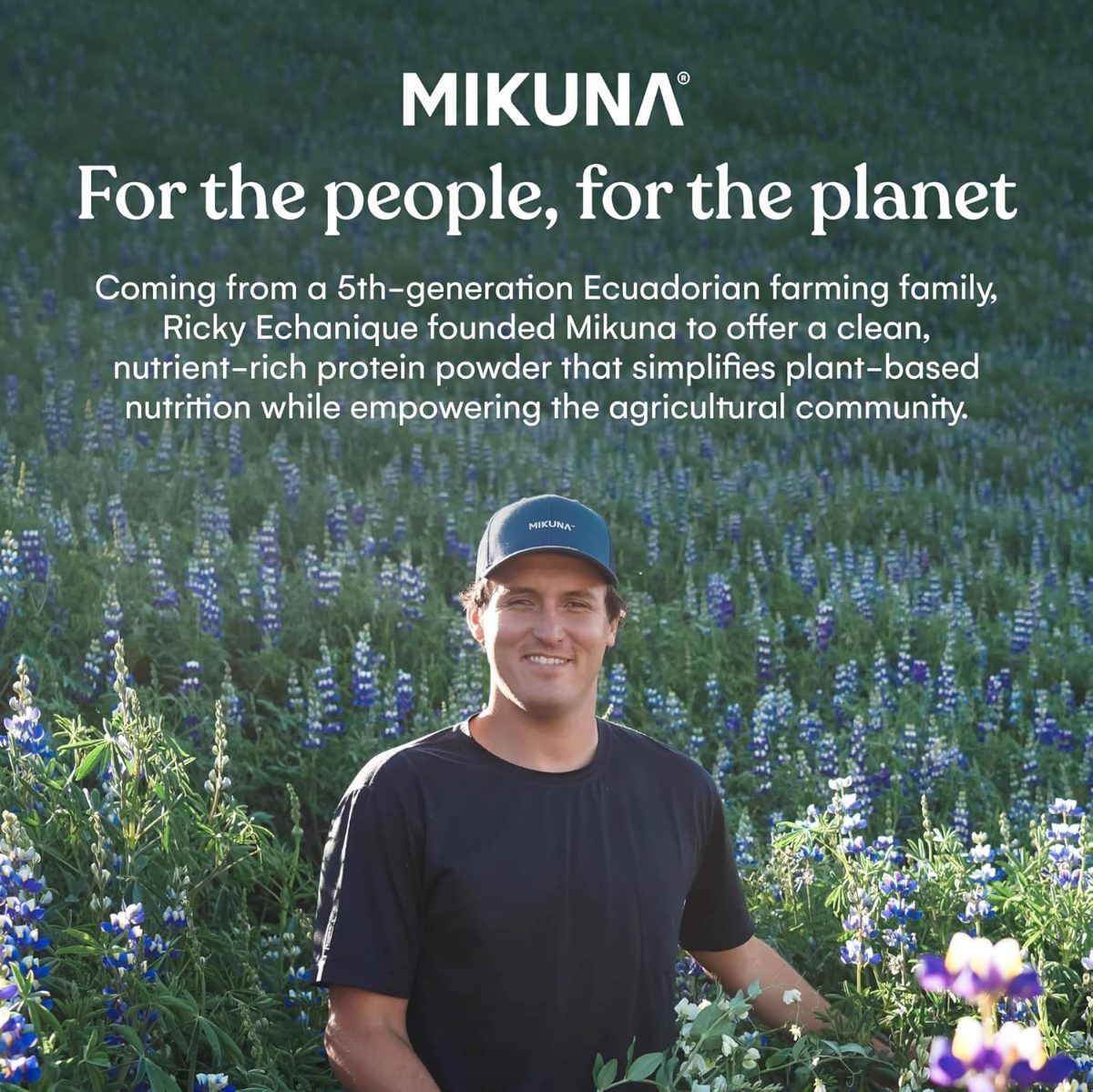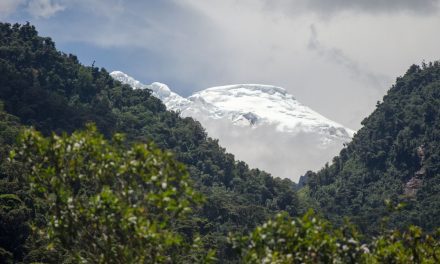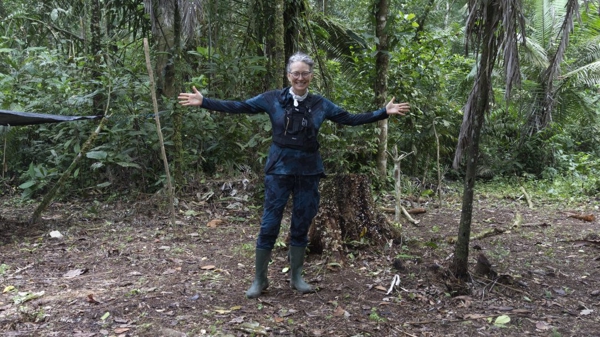As responsible travelers evolve, so do the stories we share.
This article is part of our living archive — trusted content we continue to care for.
First published on July 6, 2025 • Last updated on August 25, 2025.
Nota de la editora: Si eres de España, especialmente de Andalucía, es posible que la palabra “chocho” te saque una sonrisa… o una carcajada. Lo sabemos: en el español peninsular, “chocho” es una forma coloquial de referirse a la vagina. Pero en los Andes, el chocho —también conocido como tarwi— es una leguminosa milenaria, un superalimento lleno de historia, sabor y valor nutricional. Así que deja las risitas a un lado y prepárate para descubrir el verdadero valor de este alimento andino.
Chocho is a superfood
In the Ecuadorian Andes, where the wind caresses the mountains and the soil breathes history, grows a small grain that has always been present in my life: the chocho. For me, this legume is nothing new. I have eaten it for as long as I can remember, either in cevichochos or soups or simply accompanied by toasted corn and hot sauce. However, I confess that I had never stopped to think about all that this superfood represents and the immense nutritional value it holds until writing this article.
In Ecuadorian cooking, the chocho is the protaganist of our ají, a hot sauce found on every table in the Andes. This is a good time to mention that ají is should never be too spicy. It’s used to add moisture and flavor soups and main dishes.
The chocho stands out for being one of the products that gourmet restaurants take into account for the application of Soberanía Agroalimentaria, a consitutional right of people, communities, and nationalities to define their own food systems. Because of its nutritional properties, the chocho is considered a superfood,(very popular), that it is produced, consumed and even exported in many forms, like snacks, protein powder, flour, cookies, and vegetable milk.

Many names, one superfood
The chocho is identified by different names, depending on the geographical location: for example Tarwi, another common name in the Andes, especially in Peru and Bolivia.
For our foreign friends in South America, the name they use to refer to the chocho is “pearl lupin”, and when they name it in Spanish they call it: Lupino Perla for the literal translation and for its appearance of white seeds similar to pearls.
The name “Altramuz Andino” is mainly used in technical and scientific texts to refer to Lupinus mutabilis, but it is not a common term in everyday speech in Andean countries. The term “altramuz” comes from Spain, where it is used to refer to different species of Lupinus, such as Lupinus albus (white lupin). Because of this, some Spanish texts have adopted “altramuz andino” to differentiate the chocho or tarwi, which is native to the Andes.
However, in countries such as Peru, Bolivia and Ecuador, the most common name is still chocho or tarwi. In Colombia and other Spanish-speaking regions, it is also called Andean lupine or simply lupine.
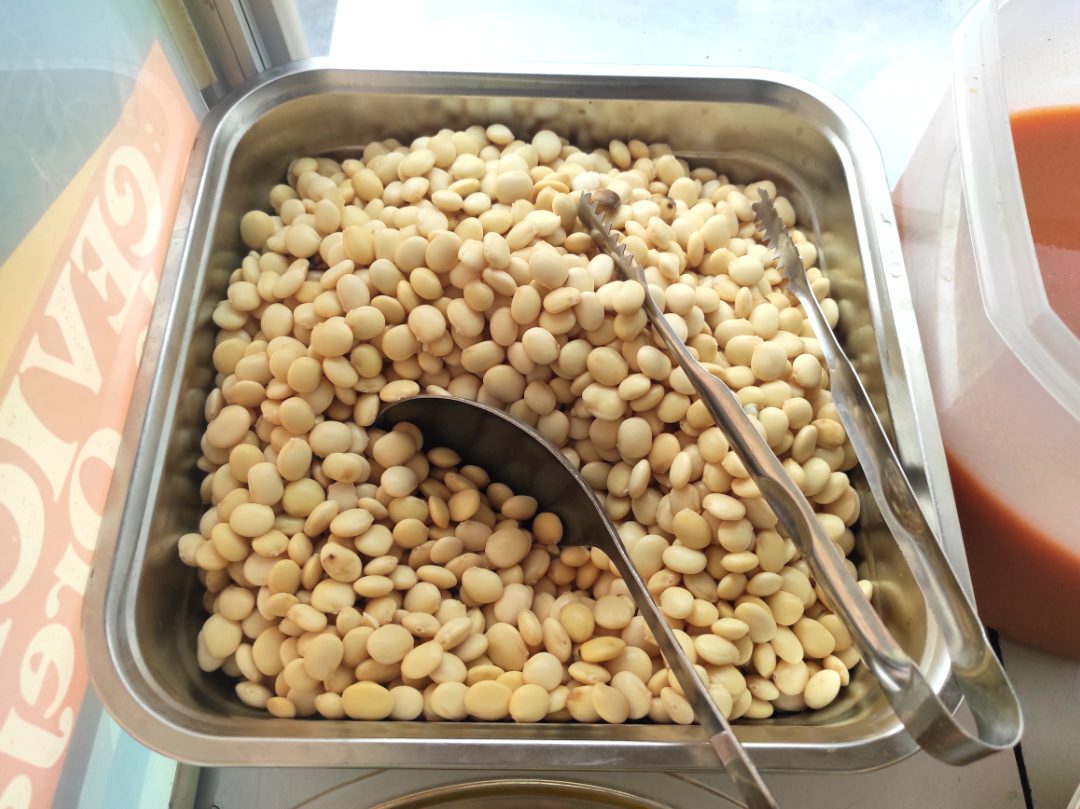
An Everyday Food with a Deep History
Chocho, scientifically known as Lupinus mutabilis, has been part of the Andean diet since ancient times. It grows in soils that few crops would support and has been a constant gift from Pachamama to Indigenous peoples. However, although it is part of many tables, its true richness seems to go unnoticed.
I always saw it as something normal, as part of my daily life. I would buy it at the market or find it in the dishes my family prepared. But, looking beyond that, I discovered that this grain has immense historical and cultural weight. In the Andes, it was not only a hardy food, but also a symbol of connection to the land, a product that speaks of resilience and balance with nature.
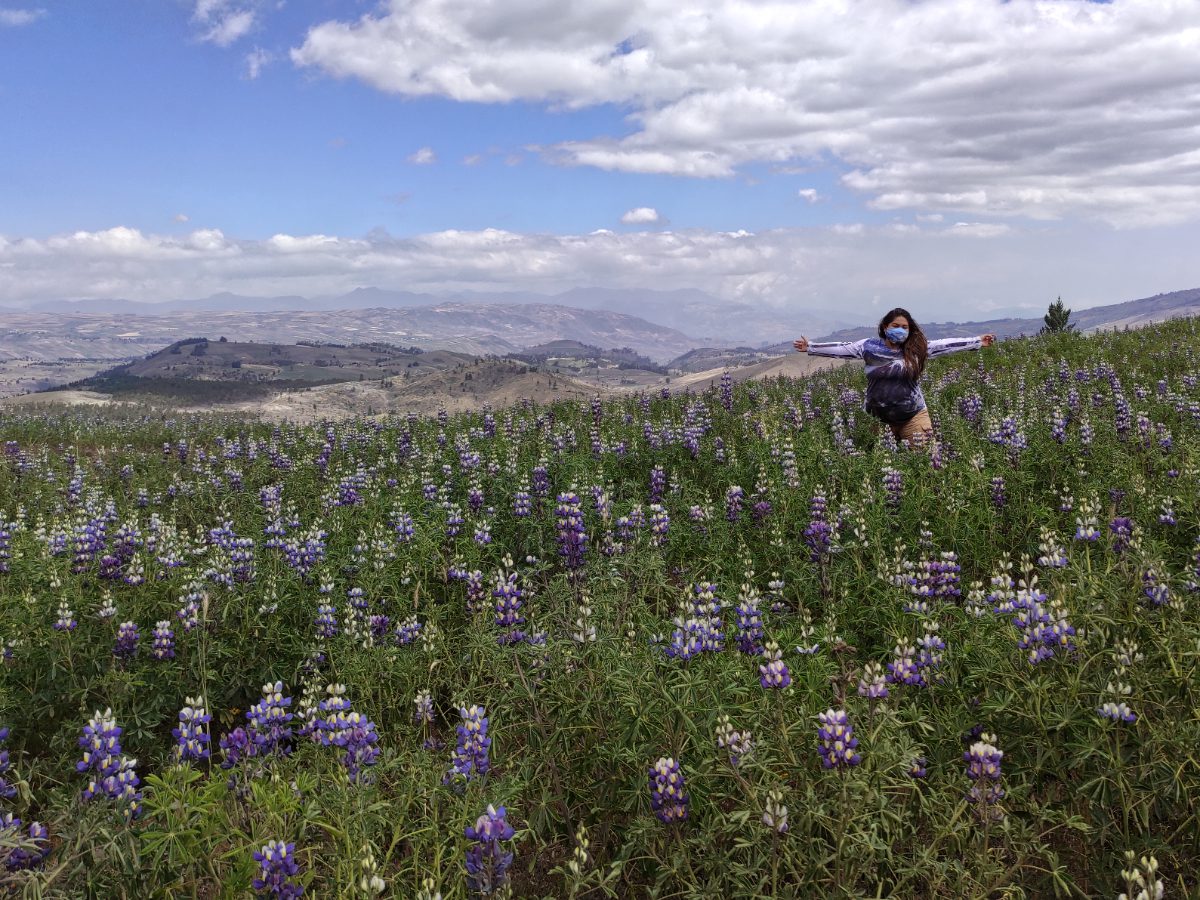
The Nutritional Value That Deserves Applause
I admit that before I did my research, I didn’t know how complete the chocho was. Who would have guessed that this everyday grain is packed with high-quality protein that rivals that of meat? Recent research has confirmed its high nutritional value, highlighting that it contains all nine essential amino acids, making it a perfect ally for vegetarian and vegan diets.
That’s not all. Its low glycemic index makes it ideal for people with diabetes, and its high fiber content benefits digestion, provides satiety and improves intestinal health. It is also a valuable source of minerals such as iron, magnesium, zinc and calcium. And although it has always seemed light to me when I eat it, I discovered that it contains healthy fats that help take care of the heart.
The Chocho and its Infinite Versatility
In my life, chocho has always been a constant in dishes like cevichocho, an Ecuadorian classic that never loses its charm. But as I delved into its versatility, I was even more surprised.
I remember how at a fair I tasted for the first time a chocho ice cream. Its soft texture and its ability to absorb flavors left me amazed. Although I had always enjoyed it in its more classic version, now I see that its potential goes much further.
Come to think of it, every bite I’ve taken of chocho has been a kind of unconscious act of health. It’s funny how something so present in my life went unnoticed as to its real value, until I decided to stop and analyze.
Buying Chochos in the United States
If you live in the United States, and you are craving chochos, you can buy them on Amazon! Or come to Ecuador and try it in my Foodie Tour. Here you have the information of a few items you can buy in the US:
And if you are in Ecuador, do not worry about finding chochos. They are easy to find, in squares, parks, especially near where people exercise. It is a fitness superfood! Or in any of the popular markets or supermarkets or places with tables and chairs to eat comfortably near universities. One of my favorites is two blocks from the Catholic University of Ecuador in Quito, and is called “Taita Cevichocho”, (not to be missed).
Chochos are a part of our gastronomic and food culture, and nourish us at a very low cost, but with very high nutritional. They are easy to access and locate. Of course, do not forget to ask for your yapa (extra portion at no cost) when you buy from the Dulce Caserita.
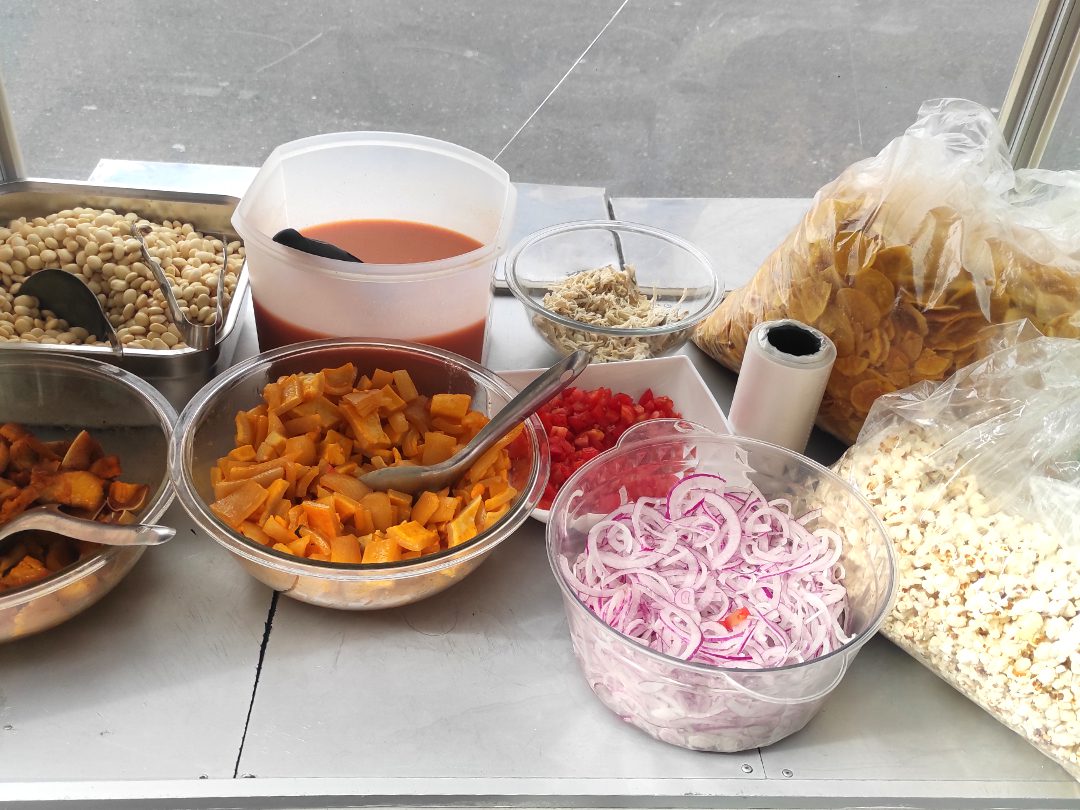
What is the famous cevichocho dish?
First of all, it is important to mention that this is a common, popular dish, and you will find it on the street when you need it most. If you didn’t know what a good classic cevichocho contains, here you go:
- As a main base, chochos, well washed of course!
- Its ideal complement will be the sweet and sour salad, which is nothing more than seasoned minced or pickled red onion with tomato.
- Of course you can’t miss the tostado, (it is a type of toasted corn), and in some cases they give you the option of chulpi (another type of toasted corn, but smaller and crunchier), instead of tostado.
- A liquid base of tomato, lemon and, depending on the place, it may or may not contain tomato sauce (ketchup).
- This will be complemented to taste with lemon, salt, and a special touch of cilantro and parsley.
- And if you wish, top it off with a portion of chifles (plantain chips) or canguil (popcorn).
There are variations of cevichocho that add a protein of your choice: chicken, pork, or shrimp, for an extra value. The price is also attractive, ranging from $1.00 to $3.50. In any case, a good serving of cevichocho will leave you satisfied, I promise!
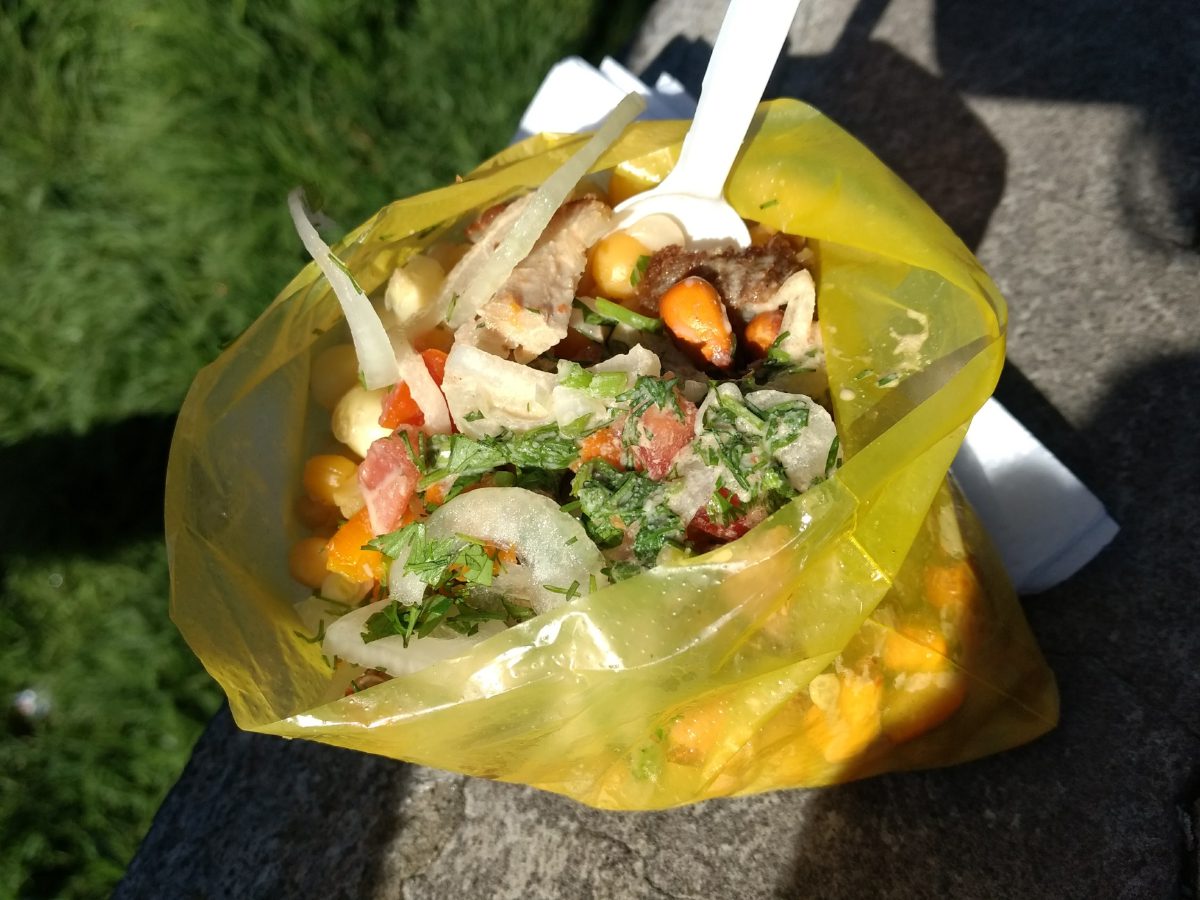
A Sustainable Crop for the Future
Something that fills me with pride is knowing that chocho is not only good for those who consume it, but also for the planet. Its ability to fix nitrogen improves soil quality, which reduces the need for chemical fertilizers. In addition, its resistance to extreme climates makes it an ally in times of climate change.
This makes me think about the role that chocho could play in sustainable agriculture and how it could transcend our borders. If products like quinoa have conquered the world, why not chocho?
A New Look for an Old Friend
It is curious how such a familiar food can be, at the same time, an unknown. Today, as I write these lines, I understand that chochos have been with me all my life, accompanying my meals without me noticing all they have to offer. Now, after research and reflection, I see this special Andean ingredient with new eyes.
Chocho is more than a food. It’s a story, a bridge between generations, a symbol of sustainability and a reminder that the essentials are often right in front of us. In its simplicity, it carries with it the grandeur of what really matters: the connection to the land, to our history and to a healthier future.
So the next time I have a plate of cevichochocho in front of me, I won’t just be eating. I’ll be celebrating a legacy.


